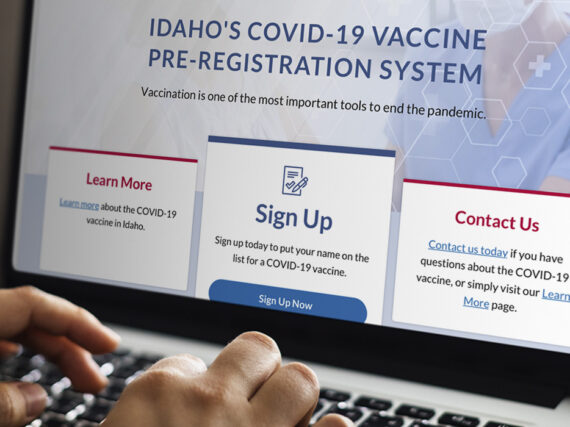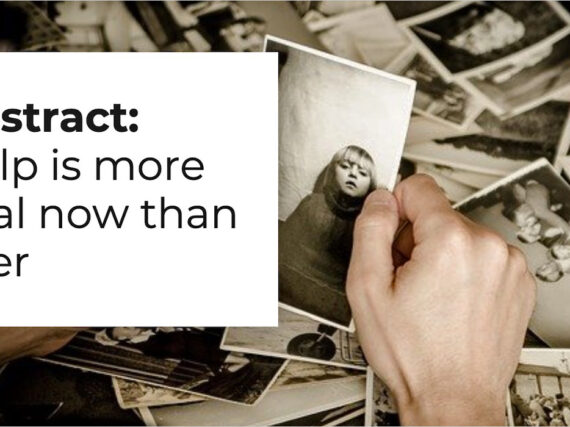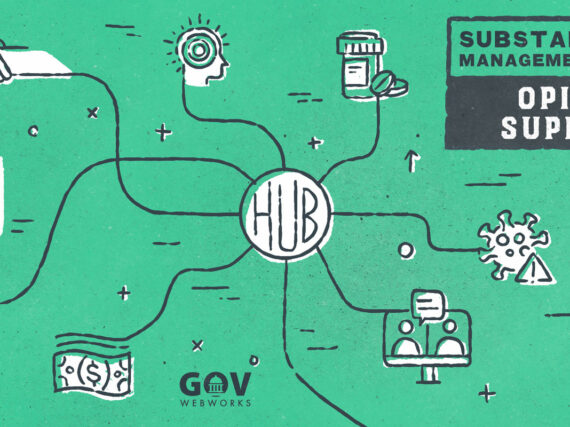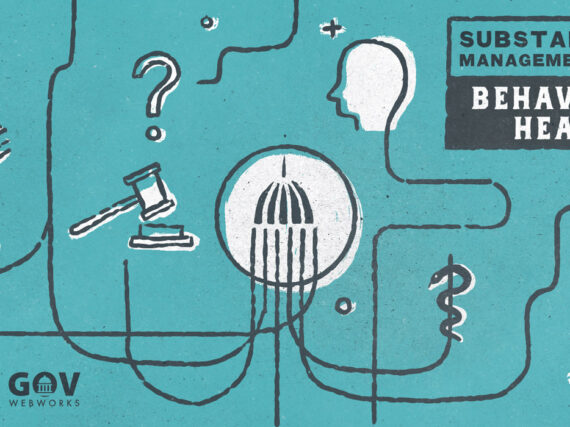We’re at the National Child Support Enforcement Association (NCSEA) National Leadership Symposium this week to examine key issues and innovations happening in the child support community. This year’s conference, August 11-14 in Minneapolis, MN, is focused on policy, technology innovation, and best practice solutions for the child support program.
It is important work. The well-being of over 15 million children, one fifth of the children in the country, is at stake. In 2016, child support payments accounted for nearly half the average income of low-income parents and helped to lift many children’s families out of poverty. Additionally, the child support program is incredibly cost efficient, distributing 96% of the $32 billion in child support collected directly to families in need.
Even with the success of this program, and the hard work of those involved, there are major issues with the technology and infrastructure used by many agencies. As noted in the 2015-2019 strategic plan, the Office of Child Support Enforcement acknowledges “the sobering fact that most state computer systems are obsolete, and a few are at risk of failure.”
It’s vital for millions of families that these systems get updated. We have some take aways from the conference to share here in the noble quest for effective Child Support System modernization.
Why we’re here
We’re here to examine the latest innovative technologies for system modernization, change management, and human centered approach to service delivery. Specializing as we do in custom application development, we help agencies that need custom solutions for their mission critical systems, including Child Support System modernization.
Child Support System modernization is essential for the smooth functioning of the child support program. Aging systems can mean duplication, re-work of case information, and an over-dependence on too few experienced workers. This is all before considering the training burden presented by these old systems, and the institutional knowledge bound up in an agency’s aging workforce.
Our goal is to provide an individual customized solution to modernization that is needed by many states given their unique issues. We offer an alternative to the cookie cutter or overpriced options that can be the norm at larger vendors.
Idaho’s “in-flight” modernization
Many states are taking action. For instance, we helped the state of Idaho to modernize their legacy system by adding automated task management based on staff credentials. This improved resolution times for open cases, provided better access to system records, and streamlined the management of cases for workers.
Like many end-of-life legacy systems, Idaho’s child support system had a steep learning curve. Few people had the experience or training to handle all aspects of a case, resulting in multiple handoffs. These transitions delayed response times and increased the potential for errors. Better technology and effective change management has paid dividends.
Because the system was still in use, we applied an Agile, user-centered approach to modernize the system “in flight.” Staff can now access case information and resolve issues in real time, reducing the risk of error. This makes day-to-day casework, and any case escalation, much easier. The new platform has caused a major shift in how the division manages its workflow, as well as reducing errors and training time, and improving staff morale.
Importance of change management
With any change, there will be challenges. As we learned in Workshop 102, “Managing Change in an Ever-Changing World,” the successful process of system modernization in Nevada required constant communication and effective change management. Speakers Cathy Kaplan, Landis Rossi, and Candace Yearsley spoke about transitioning employees from the “cheat sheets” taped next to their computers to a new and intuitive modernized system.
As they noted, proper change management is much more involved than simply replacing a system, hosting a training, and waiting to see how things play out. It’s about understanding regional differences, the various roles people play, and how to get everyone actively engaged. Operational change management is most effectively achieved in an incremental fashion. This session reinforced the importance of starting the change process early. Change champions and frequent communications help to sell the vision and keep the project on track. And working closely with vendor partners will lead to a successfully launched modern system.
Procurement planning is key
In Workshop 202, “CIO Roundtable: Child Support Systems,” speakers Steve Esposito, Cynthia Longest, Kevin Jones, and Hugh Towe spoke about the importance of feasibility studies, Agile project management, procurement planning, and the RFP process. When states think about modernizing their systems or moving to a new system, upfront planning is critical to launching a successful project. Feasibility studies can be time consuming, but often deliver huge value. Providing support documentation helps to get project buy-in with details regarding the time, cost, level of effort, and staff resources needed. Additionally, breaking a project into smaller, more manageable pieces allows for an Agile, modular approach to system modernization, which further increases the likelihood of project success.
Both vendors and agencies said they are looking for a RFP process that broadens participation and encourages innovation. The overall message was one of increasing transparency, and a focus more on outcomes than rigid requirements. Indeed, several agency representatives commented that they don’t have a broad enough perspective of available solutions to define requirements. The consensus was that RFIs and Draft RFPs were good tools to get a perspective of available options without having to fully flesh out requirements. A formal feasibility study was also mentioned as a valuable precursor to an RFP, both in allowing an agency to budget accordingly and also in providing valuable background to vendors on current pain points.
Up next
The NCSEA conference schedule continues with more useful topics in this vein. We’re looking forward to attending Workshop 502, “Teaming for System Implementation Success: The (State) Journey,” on Tuesday. Speakers Karen Coleman, Sally Kapenga, Ganapathy Pillai, and Landis Rossi will be talking about successful child support system implementation and why effective teaming matters.
On Wednesday, we’re interested to learn more about a multi-generational approach to modernization in Workshop 803, “Human Centered Design and 2-Gen: the Future of Human Service Program Delivery.” Speakers Lenae Davis, Rosalva Hernandez, Jovan Knutson, and Amanda Terkildsen will talk about recent concepts used in combating poverty and eliminating economic instability among families in human service program delivery.
Come find us at the GovWebworks booth. We’d love to discuss how you can achieve the system modernization that fits your needs. You don’t have to put it off any longer!
Learn more
- Support for Changing Families: Why modernizing the IV-D child support system protects children, alleviates poverty, and reduces the strain on government, by Tom Lovering
- Working For Families: How child support agencies are supporting employment to yield better returns, by Tom Lovering
- Moving the Needle on Child Support Compliance: How behavioral intervention improved outcomes in three states, by Tom Lovering
- Contact us to schedule a demo of the Idaho Child Support System







